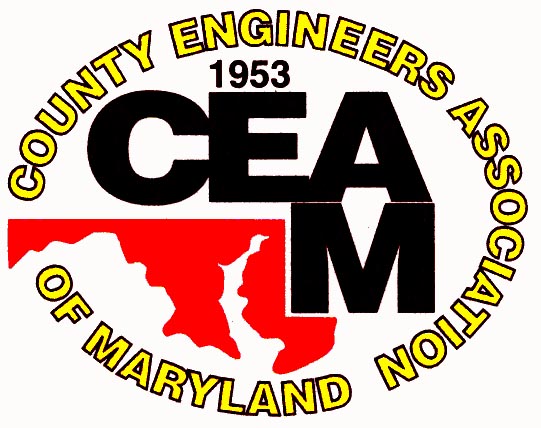Presentations
Accelerated Bridge Construction for Local Bridge Systems
Mr. Cupples provided more information regarding some of the technical questions posed during the presentation. To access this information, see below:
- Thermal Expansion:
- Thermal cycles occur on every bridge structure due to daily and seasonal temperature variations. The severity of the expansion and contraction depends on the coefficient of thermal expansion of the bridge. However, based on the experience of in-service GRS-IBS bridges with spans of up to 140 ft, the performance of GRS-IBS is not affected by thermal cycles. GRS-IBS accommodates movement related to thermal cycles, so the effect on the abutment is minimal.
- GRS-IBS accommodates movement through the integrated transition behind the beam ends. The road base is wrapped with geosynthetic and is then well-compacted directly against the beam end. The wrapped face confines the soil and allows for the beam to contract without the fill behind the beam ends sloughing off to fill the void. As a result, excess pressures behind the beam during expansion are also avoided. The road base is not only wrapped vertically but also laterally to prevent lateral spread.
- The performance of Tiffin River Bridge, the longest GRS-IBS steel bridge span (140 ft), has been monitored since construction. Vibrating wire earth pressure cells were installed on the back wall of each abutment to measure lateral pressures between the superstructure and the integrated approach due to expansion and contraction of the steel girders. The average lateral earth pressure changes in magnitude with both daily and seasonal temperature effects. During the fall and winter (contraction), the lateral pressure decreased to about 62 lb/ft2. During the spring and summer (expansion), the lateral pressure increased to as high as about 700 lb/ft2. After one thermal cycle, it appears that the lateral pressure is nonlinear with temperature and displays hysteretic behavior. Monitoring continues, however, to determine the effect after multiple thermal cycles.
- Drainage
- No special drainage system is required behind the facing units or below the subgrade.
- The GRS-IBS construction area should be protected from surface runoff during the project. Critical areas are behind the abutment wall at the interface between the GRS abutment and the retained fill, at the base of the abutment, and at any location where a fill slope meets the wall face. Design needs to include provisions for surface drainage along the fill slope adjacent to the wing walls. Provisions for drainage should also be included at the boundary of the wing walls and the fill slope. Long walls built along variable elevation or abutment wing walls are often stepped to reduce excavation. In these situations, the termination of wall steps should be sufficiently embedded to prevent problems with erosion. The drainage swell or channel should be separated from the wall to avoid flow directly against the wall face.
- Site preparation for drainage should include the following:
- Grading: The site should be graded every night in anticipation of precipitation to avoid saturation of soil.
- Diversion trenches: An alternative to grading is placing diversion trenches around the perimeter to divert water.
- Compaction of loose soil: Any loose soil placed to construct GRS should be graded and compacted before stoppage of work for the day. Also, onsite stockpiles of fill material containing fines should be protected from excess precipitation.
There are two manuals that can be accessed online for even more info:
http://www.fhwa.dot.gov/everydaycounts/technology/grs_ibs/publications.cfm
